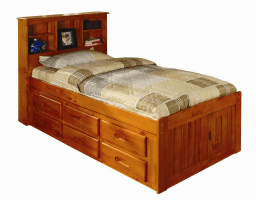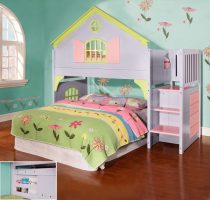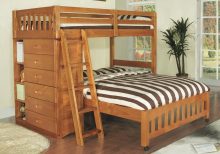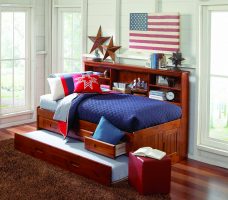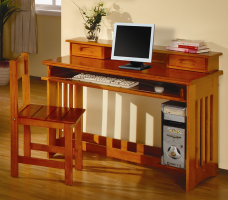Unleashing Potential: The Basement Living Room and Playroom
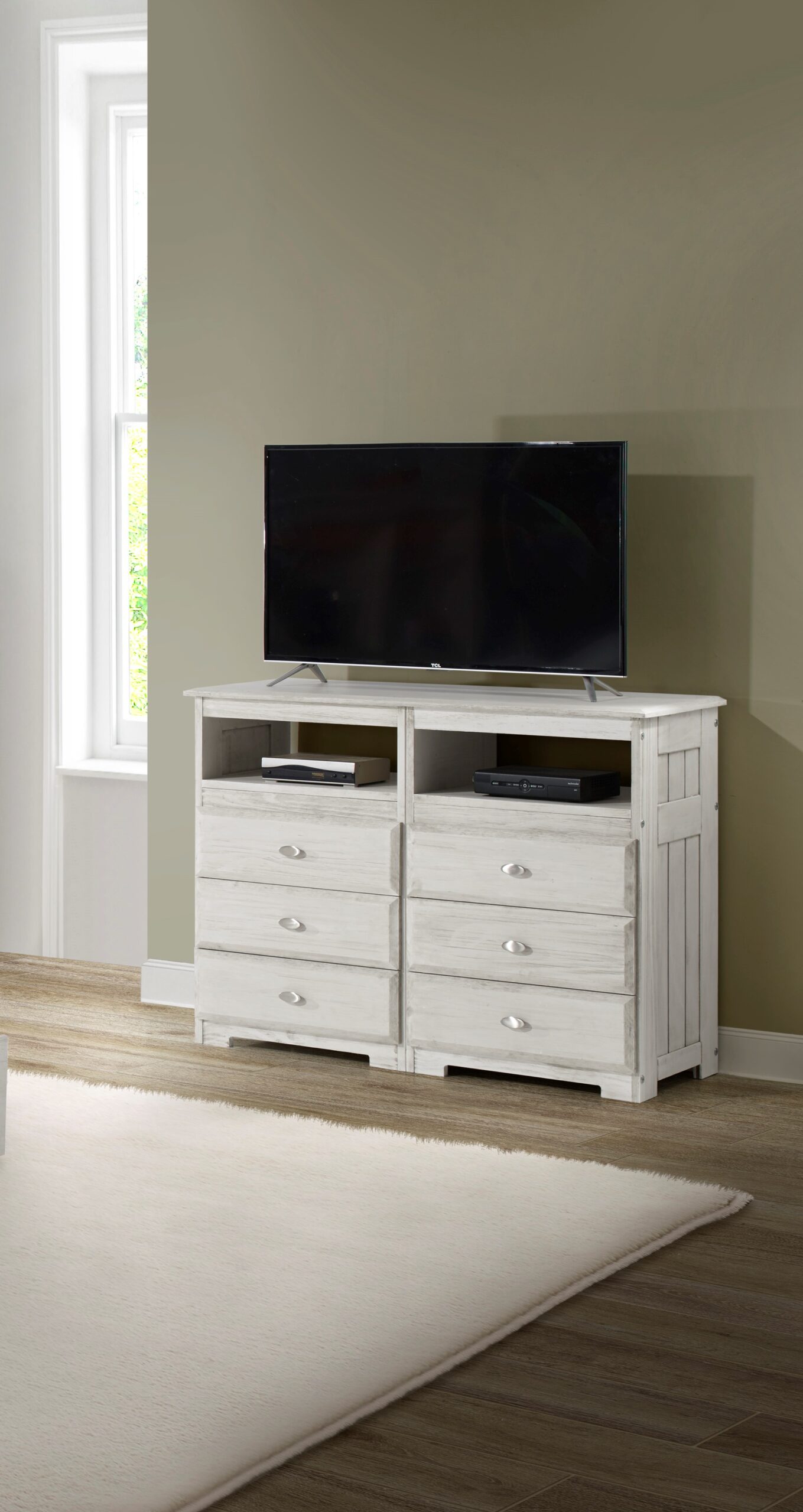
The basement, often overlooked, has the potential to be a valuable extension of your living space, providing a dedicated area for family entertainment. In this article, we will delve into the concept of a basement living room and playroom, exploring the nuances of finished versus unfinished basements, addressing safety concerns for children, illuminating the space effectively, selecting the right furniture, infusing fun into the environment for kids, and the role of color schemes in shaping the atmosphere.
Finished or Unfinished: The Basement Dilemma
Before undertaking the transformation of your basement into a multifunctional living room and playroom, you must decide whether to refine the space or embrace its raw, unfinished charm.
- Finished Basements: A finished basement entails insulation, drywall, and flooring, turning it into a comfortable, well-lit extension of your home. This option provides a polished, year-round environment but comes with a significant investment.
- Unfinished Basements: In contrast, an unfinished basement maintains its industrial character, exposing beams and concrete. It may require creative decor solutions but offers an urban, cost-effective appeal.
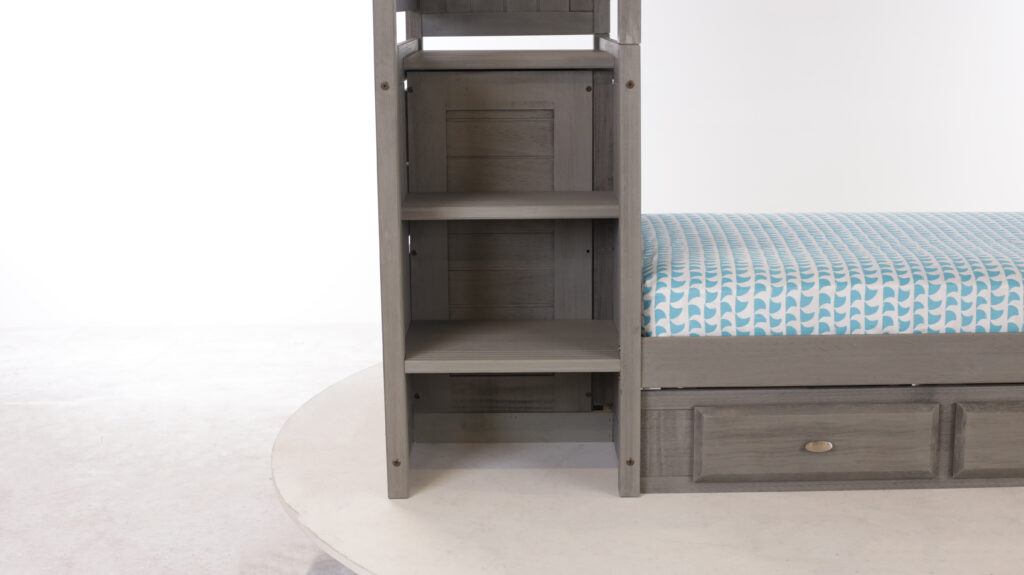
Safety First: Ensuring Child-Friendly Spaces
Safety takes precedence when considering a basement living room and playroom for children:
- Staircase Gates: Install safety gates at both the top and bottom of basement stairs to prevent unsupervised access.
- Electrical Outlets: Use outlet covers to shield children from inserting objects into sockets.
- Anchored Furniture: Secure heavy furniture to the wall to avert tipping accidents.
- Window Well Covers: If your basement has windows, install sturdy covers to prevent falls and accidents.
- Flooring Selection: Opt for non-slip, easy-to-clean flooring to minimize fall risks and simplify upkeep.
- Cord Management: Keep electrical cords and cables out of reach or use cord organizers for tidiness and safety.
Lighting: Setting the Mood
Effective lighting plays a pivotal role in creating an inviting ambiance in your basement living room and playroom. Balancing natural and artificial light is the key:
- Natural Light: Maximize natural light if possible, by keeping windows unobstructed and using light-colored curtains to allow sunlight in.
- Overhead Lighting: Consider ceiling fixtures or pendant lights to evenly illuminate the space. Dimmer switches provide flexibility for mood adjustments.
- Task Lighting: Employ task lighting such as table lamps and floor lamps in specific areas like reading nooks or play corners.
- Wall Sconces: Wall-mounted sconces can add decorative charm and provide supplementary light without consuming floor space.

Furniture: Versatile and Comfortable
Selecting the right furniture is instrumental in ensuring the basement living room and playroom is both versatile and comfortable:
- Sofas and Sectionals: Opt for comfortable, durable seating options. Sectional sofas allow flexible arrangements for play and relaxation.
- Storage Solutions: Incorporate bookshelves, cabinets, and toy organizers to maintain an organized and clutter-free space.
- Kid-Scaled Furnishings: Ensure children have appropriately sized furniture, including chairs, tables, and playroom accessories designed for them.
- Multipurpose Pieces: Invest in furniture that multitasks, such as ottomans with storage or convertible sofa beds for accommodating guests.
Fun and Functionality: Tailoring for Kids
Creating an enjoyable basement living room and playroom for kids involves elements that inspire creativity, fun, and learning:
- Designated Play Areas: Dedicate specific zones for diverse activities like reading, arts and crafts, board games, and constructive play.
- Educational Decor: Infuse educational wall art, maps, and chalkboards to encourage learning through play.
- Chalkboard or Whiteboard Walls: A canvas for drawing and writing, these walls kindle creativity and learning.
- Reading Nooks: Craft a cozy corner with a comfortable chair or bean bags and a well-stocked bookshelf for literary adventures.
- Active Play Elements: Consider introducing an indoor climbing wall or swing for an engaging play environment.
Colors: The Palette of Atmosphere
The choice of colors significantly shapes the ambiance of your basement living room and playroom:
- Bright and Bold: Vibrant hues like red, yellow, and blue exude energy, creating an inviting and playful environment.
- Soft Pastels: Gentle pastel shades like light pink, mint, or pale blue lend a calming and whimsical touch.
- Neutral Foundations: Neutral colors on walls and furniture serve as a versatile canvas for experimenting with colorful accents.
- Thematic Decor: Incorporate themes that resonate with your child, whether it’s based on beloved characters, nature, or outer space, and employ colors to complement the chosen theme.
In conclusion, converting your basement into a living room and playroom is a rewarding endeavor that enhances your home’s functionality and creates an engaging space for your children. Whether you choose a finished or unfinished basement, safety, effective lighting, versatile furniture, and an atmosphere that caters to your kids’ needs and interests are paramount. Colors play a vital role in shaping the mood, so choose thoughtfully to craft a basement haven that the entire family can relish.

